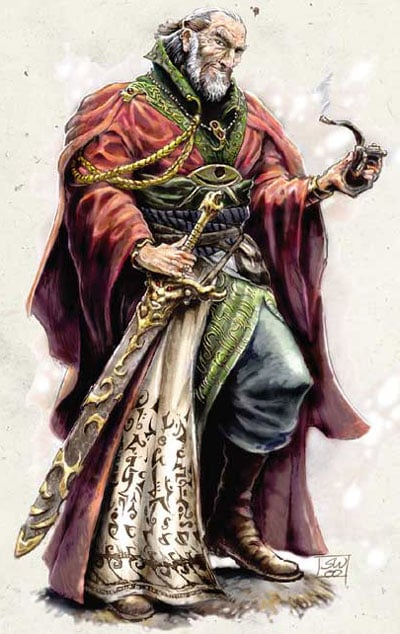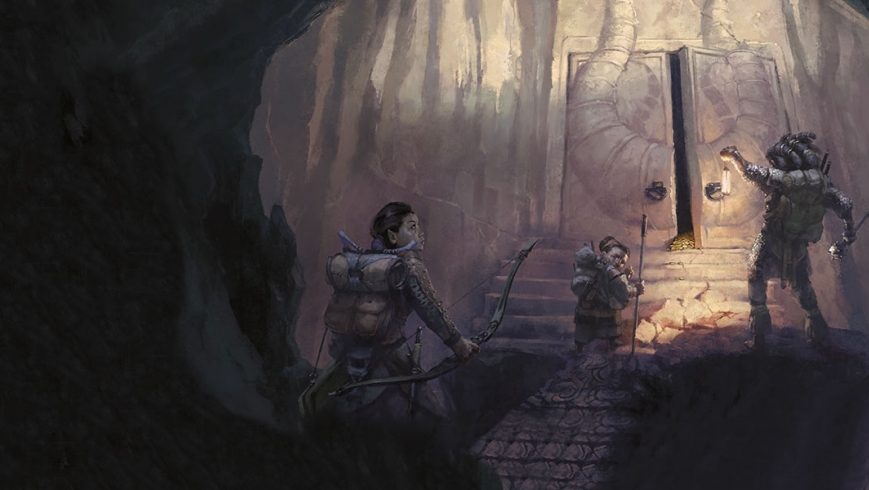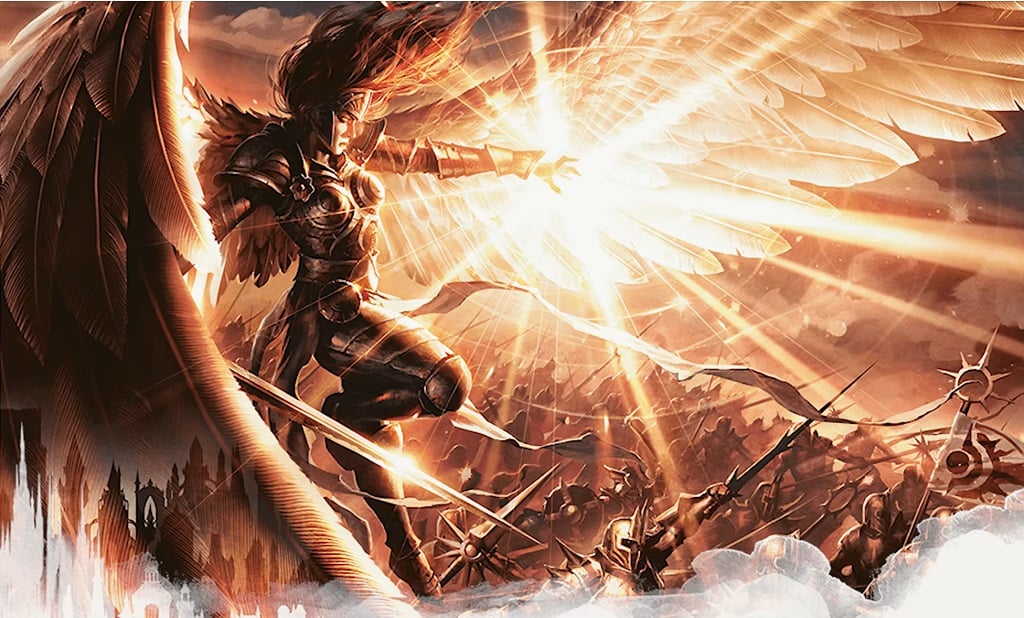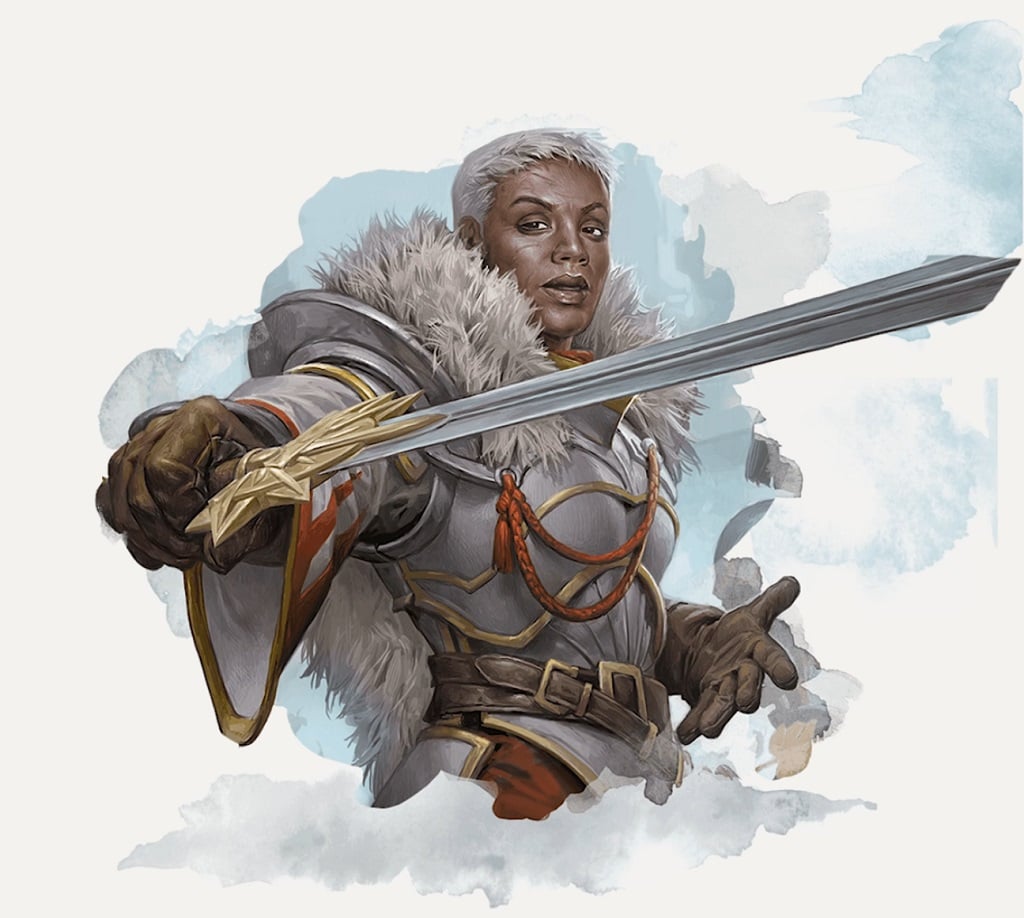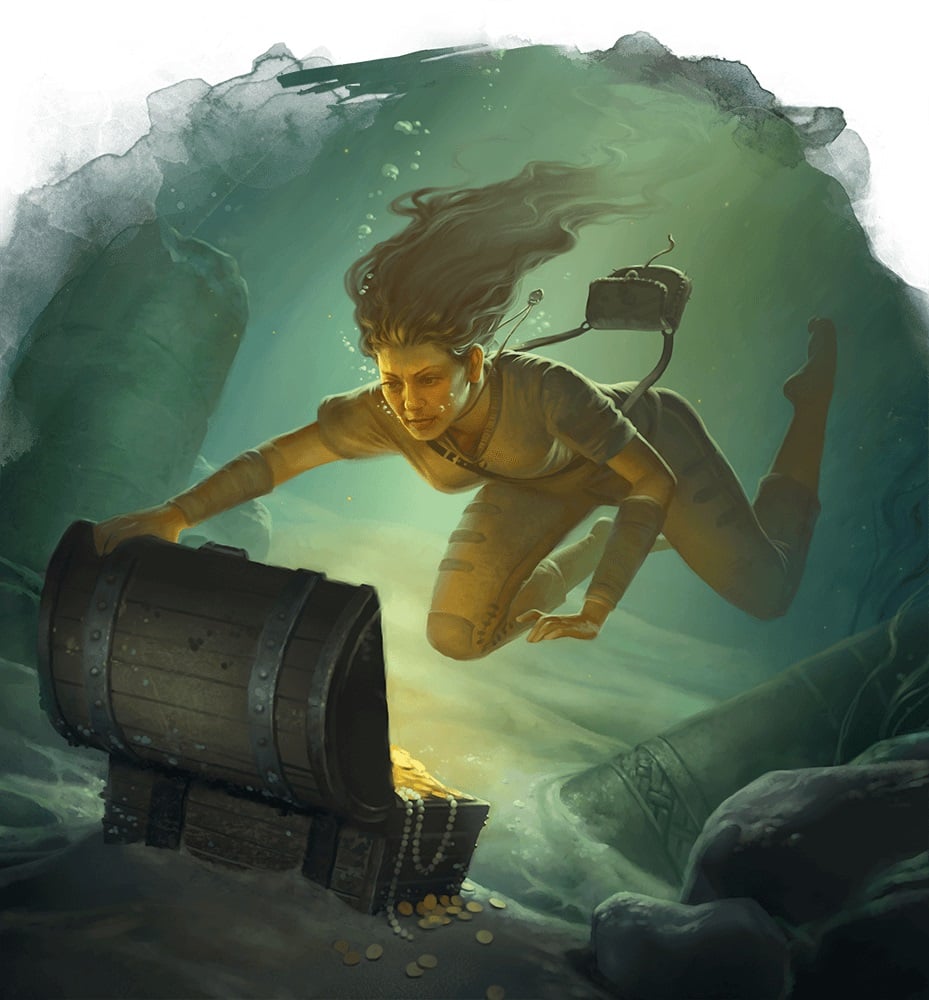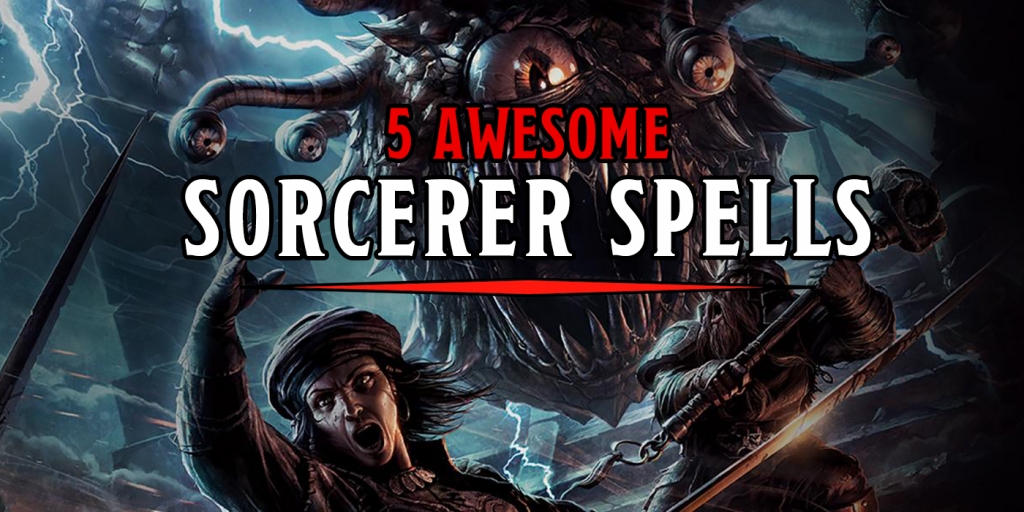D&D: Five Ways To Make A +1 Sword Memorable
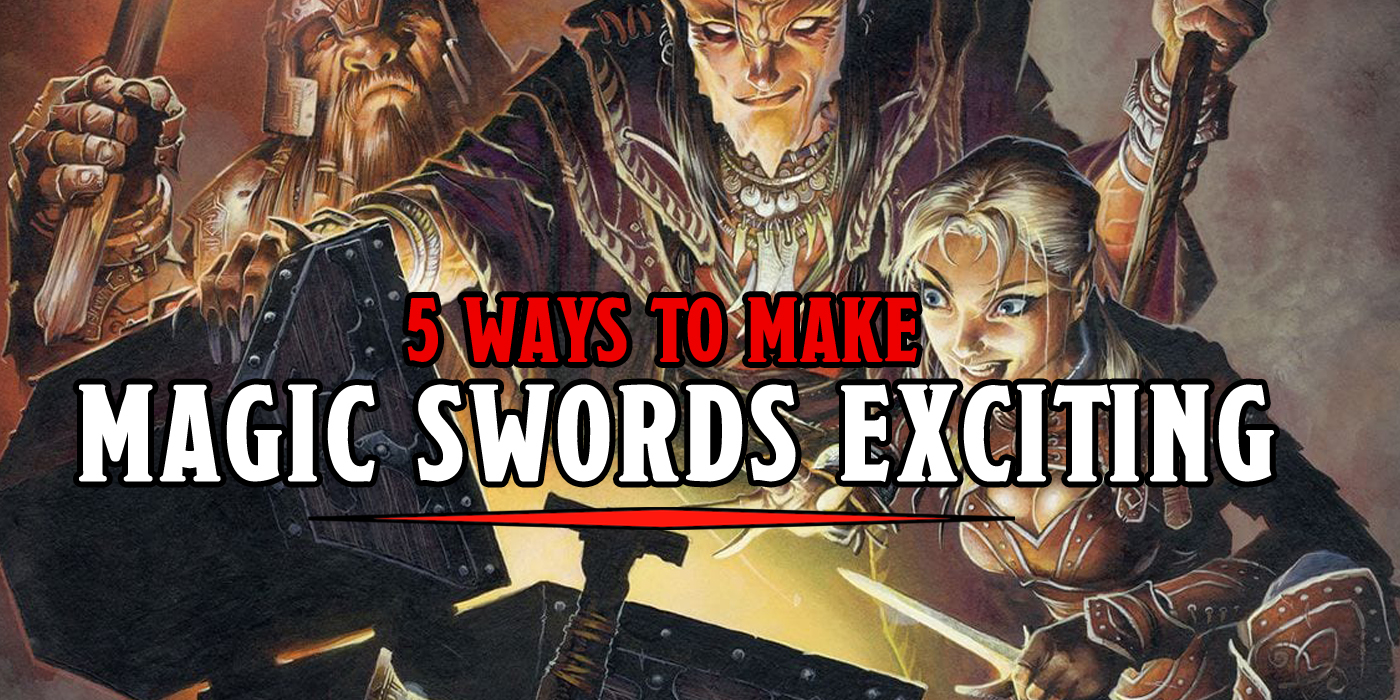

Magic items are a big part of D&D’s experience. Make finding even the most mundane magic item an exciting part of your game with these tips.
Treasure is a core part of the D&D experience. Whatever your playstyle is, a big part of the game is finding ancient ruins and unearthing cool relics and treasures of a bygone age. That’s not just D&D, that’s its inspiration as well. Magic rings and swords abound in the fantasy stories that your DM hastily cribs from the night before the session, hoping you haven’t read the same books yet, so why then, when it comes to D&D does it so often feel like this:
As the dragon falls to the ground, slain, the light of the setting sun falls on the dragon’s hoard. The gold gleams in the light, and resting in a jeweled hilt is an ornate sword that–gives you a +1 to hit and damage.
I think a part of it is in the nature of a sword that makes you better at fighting. Sure, it’s an upgrade, but it doesn’t really feel like an upgrade. Especially in a game where it just makes the numbers you’re mostly using just a little bit higher. In the dark ages of 3rd Edition, characters were often so bedecked with magical items they were lit up like Christmas trees anytime you cast detect magic–and it was expected, too. You couldn’t really hang with the big kids if you didn’t have a +3 sword or at least a +2 flaming icy burst sword to complement your +3 armor of fortification and your +2 shield of arrow attraction, with a bonus from your cloak or rings of protection.
5th Edition is a lot better about it. One of the best things WotC did was to develop their Bounded Accuracy system. Now you don’t need an incremental +1 every so often to stay competitive with monsters that are of your relative power, and I think the game is better for it. Getting a +1 matters so much more in 5th Edition, but there’s still just something kind of meh about it. It’s a minor increase, no matter how you slice it–and you can play up the fact that the sword might not have hit every time a player rolls exactly the target’s AC.
But how often does that come up and how long can you keep remembering to do it? The point is not that a +1 sword is bad–it’s a big boost in 5th Edition. I think it’s just that the idea became such a mundane, expected part of D&D, especially old school D&D, that you don’t really notice. Let’s change that. Here are five ways to make even a +1 sword a memorable moment in your campaign.
Cool Story, Bro
Does the sword have a unique history or origin? You can make a +1 sword a part of your world by giving it a specific backstory. Was it of elven make and, like Sting, glows blue whenever orcs are near? But there are other questions that go into the story of your sword: who made it, why did they make it, who used it before, what is it made out of? Thinking of a history like this gives your player something cool to discover–and it can lead to the sword looking more interesting as a result.
Anyone can imagine a generic sword that makes a metallic ring whenever you unsheathe it–but what if it’s a +1 sword forged out of the darkness from the shadowfell? Or of meteoric iron that fell from the heavens? That looks a lot different. Was it a demon’s bone, forged in days of old by an order of sacred paladins to fight against evil? Or perhaps one crafted through unholy rituals by a demonic cult and now you’ve found it. Think about how this sword fits into the world.
Enlargen Your World
Now take that last sentence, and think about it literally. Think about who made it and why. If the sword is part of an ancient human kingdom that once had significant power over the world, what does having the sword mean now? Perhaps the sword fits into an ancient lock. Take a page out of the new She-Ra and maybe this +1 sword unlocks sites of ancient power or opens doors that otherwise would be closed.
Fiat Lux
Let there be light. Or some other minor effect. There’s a list of minor magical properties that you can grab from the DMG (or make up your own) that give the sword just a little bit more than the humble +1. It might shed bright light in a 10-foot radius, or always know which way is north, or perhaps when holding it, the wielder speaks a language–like an ancient human, allowing you to unlock sites of ancient power, per above.
It’s Not Just A Sword, It’s A Symbol
As long as we’re being specific with the magic item, think about what kind of status it might carry with it. A +1 sword suddenly means a lot more when it’s a symbol of honor granted by the king for valiant service to the country. In such a situation, the character might have special rights or privileges. Maybe displaying the sword gets them a discount at a merchant, or lets them book free passage on a boat or carriage, or they’re allowed to carry weapons where other folks aren’t. Or can kill someone designated to be an enemy of the crown.
You’re Not The Only One Who Wants This
Value is determined by what someone is willing to pay for it, according to that one scene in Silicon Valley, which is, as far as I can tell, an economics documentary. So with that in mind, one of the best ways to make a magic sword seem more exciting is to have someone else wanting it. Maybe it’s a bounty hunter or a famous warrior who seeks the very specific magic item you’ve just designed. Whatever the reason, cook up a little conflict and you’re good to go.
Happy Adventuring!

